What Is Web 3.0 and What Is It Used For - An Introduction to Web3 and Its Importance
Web 3.0, the third generation of the internet, is a new version of the internet that aims to give consumers more control over their content by a decentralized approach.
In web 3.0, websites and applications handle data in a sophisticated, human-like manner, using big data and decentralized ledger technology (DLT).
This article will explore the evolution of web 3.0, what it's used for, web 3.0 applications, and project examples.
What is Web 3.0?
According to Tim Berners Lee, web 3.0 is “read, write, execute”. It’s the third generation of the internet, and its goal is to create a more connected, open, and intelligent version of the internet.
Web 3.0 uses new technologies such as artificial intelligence (AI), blockchain, augmented reality (AR), and virtual reality (VR) to create decentralized and highly engaging internet experiences.
According to computer scientists and internet experts, this new paradigm in web interaction will make people's online life easier and more intuitive.
Data will be interconnected in a decentralized manner in Web 3.0. That is a huge step forward from our current internet generation (Web 2.0), where data is primarily stored in centralized repositories.
This means that through trusted intermediaries, people and organizations are now able to trade valuable information and collaborate with worldwide counterparts they don't explicitly trust.
Though, with the arrival of blockchain and bitcoin, web 3.0 now places a greater emphasis on the blockchain's decentralized qualities.
Web 3.0 Applications
1. Job Platforms
We’re all familiar with job platforms because we currently use them to find jobs. Many job boards allow companies to post a job criteria for a position that needs to be filled.
Similarly, we also have job-seeking platforms in web 3.0, but they’re all decentralized. CryptoTask, Blocklancer, and others are some of the examples.
Some advantages of a decentralized, remote jobs platform consist of:
- Low costs
- No centralized authority
- No restrictions on joining the site
- Payment in crypto
2. Insurance and Banking
Blockchain technology has the potential to revolutionize the insurance and banking industries.
Web 3.0 allows this by applying blockchain properties like transparency, security, and reversibility, which means that fraud in banking and insurance will be impossible.
Overall, we can reasonably conclude that the existing system is dysfunctional and requires greater transparency and security for users to prosper.
Records can now be stored on the blockchain, thanks to web 3.0. Smart contracts can also automate most processes that do not require human intervention.
Some advantages of using blockchain for insurance and banking consist of:
- Empowering digitally competent employees
- Hassle-free internal audits for banks
- Little to no frauds
- Improved client experience
3. Social Network
Social networks are essential in our lives because they change how we communicate, engage, and build communities.
Social networks now are constrictive, censored, and serve an internal purpose. Big corporations or the government can also use social networks to control and shape the opinions of their users.
However, thanks to the blockchain technology, social networks will be unrestricted.. Anyone, regardless of their location, is welcome to participate. The entire landscape will shift with web 3.0. Social network platforms like Steemit, Indorse, Sapien Projects looks promising.
Decentralized social networks are a fantastic concept that can transform how we think, share, and interact.
Some advantages of decentralized social networks are:
- Empowering users by paying them with some assets
- Safeguarding users' privacy
- Ensuring that data is not collected and used by a central authority
4. Decentralized Storage
Decentralized storage is based on the idea of exchanging files and data across a peer-to-peer network. Decentralized storages have excellent security since the sender can encrypt the files before sending them to the receiver.
Current storage systems are also centralized, meaning data can be modified or utilized for other purposes, such as selling data to third parties for advertising.
Data storage is a place where a lot of innovation happens. Web 3.0 technologies like blockchain and big data can revolutionize the current status of data storage.
Decentralized storage solutions work well across different platforms or even blockchain solutions. It's low-cost and compatible with next-generation technologies like IoT, and it protects data in transit with strong encryption and other features.
5. Exchange Services
Decentralized exchanges are steadily gaining traction because they offer a seamless user trade experience without the risk of hacking or lack of transparency. This also implies no centralized authority or conflict of interest on the owner's part.
It is all about the decentralized exchange, as we already know that web 3.0 is based on trust.
Users handle their cash in decentralized exchanges, which offer cheaper and faster transactions and are more difficult to hack due to their decentralized structure.
6. Streaming (Music and Videos) Platform
The centralized ownership of streaming platforms do not provide an equal chance to content creators. New streamers find it challenging to get started on any of the media.
Even while the significant firms in the streaming sector deliver an excellent customer experience, the monopoly model is not sustainable in the long run.
The benefits of blockchain in streaming include:
- Allowing content creators to work in a transparent atmosphere
- Giving them an equal opportunity to advertise their work
- No copyright difficulties
- No central authority
7. Browser
We use a web browser to browse the internet. We need a browser that meets the decentralized web's philosophical character to navigate Web 3.0.
Current-generation browsers aren't secure for user security. For example, your browser saves information about your location, hardware and software, connection information, social network information, and so on.
The solution is to use a decentralized browser that uses blockchain technology to give a better environment with attractive characteristics such as no or few security gaps.
Users can sell their data to an organization and get compensated, fast and safe, and so on.
Web 3.0 Examples
Many web 3.0 tools have already been developed, and some are in use. Because the notion of web 3.0 is complex and fraught with technical challenges, properly moving from web 2.0 will take months, if not years.
Here are some examples:
- LivePeer: Livepeer is a blockchain-based decentralized platform. It offers an open-source streaming service to create a web 3.0 streaming stack.

- Filecoin: Filecoin is a Protocol Labs project that takes a dual approach and employs two different sorts of network nodes.
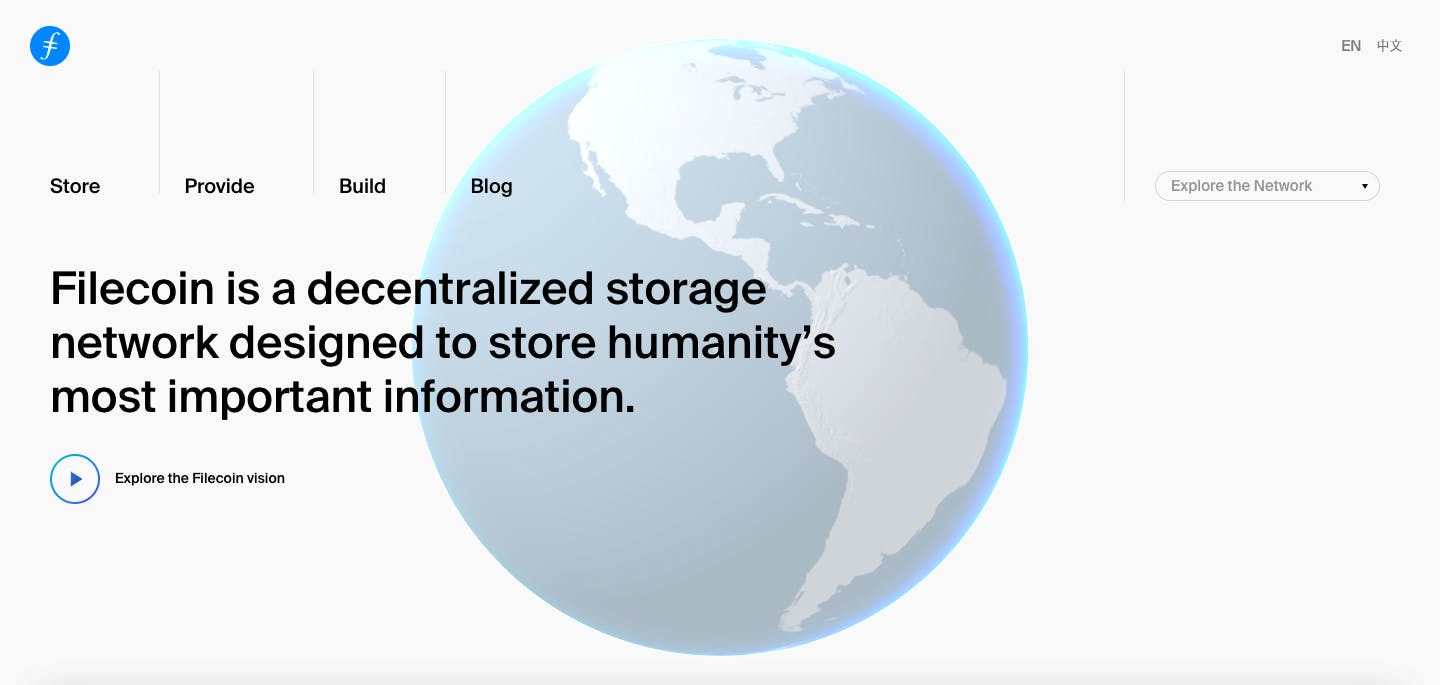
- Everledger: Everledger is a fully decentralized global registry that promises to offer each user a unique record. Users can keep data in the cloud and access it whenever they want.
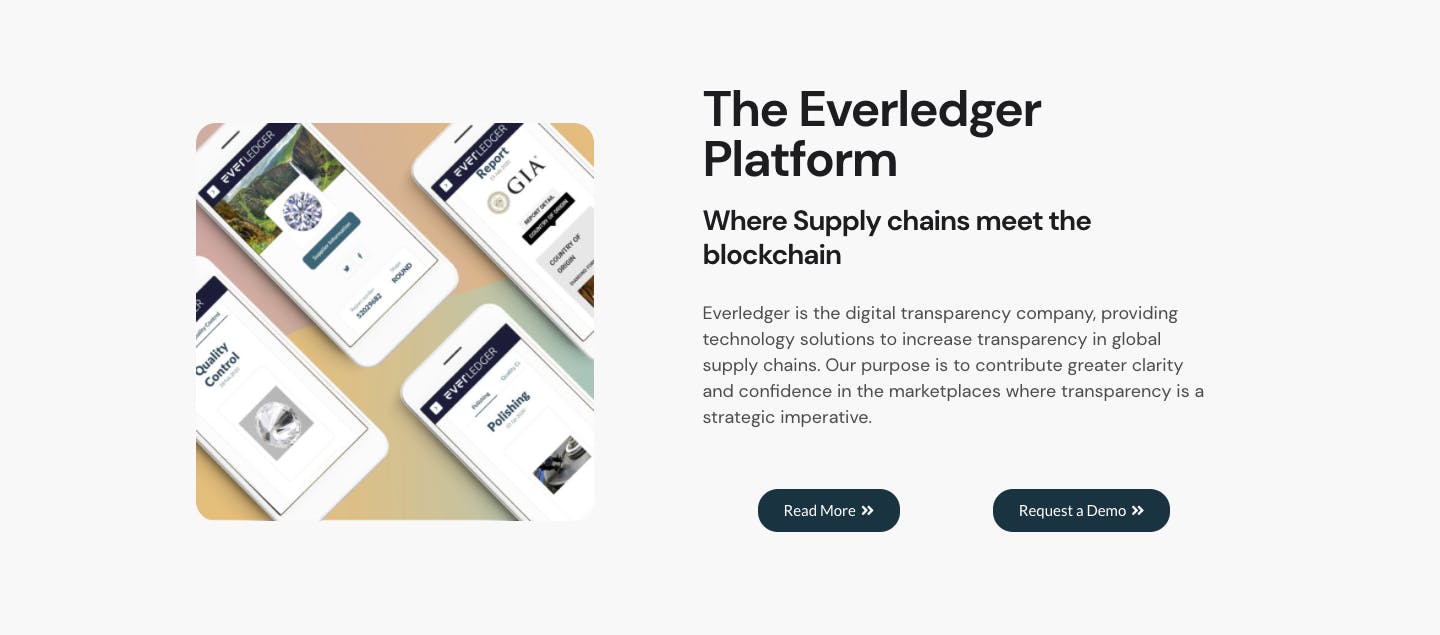
It safeguards users, banks, open markets, and insurance from fraud.
- Ethlance: Based on the Ethereum blockchain, Ethlance is a decentralized, remote job marketplace. Anyone can hire and work in exchange for Ether cryptocurrency.
There are no service fees, membership limits, or other restrictions when using this platform is the most significant advantage.
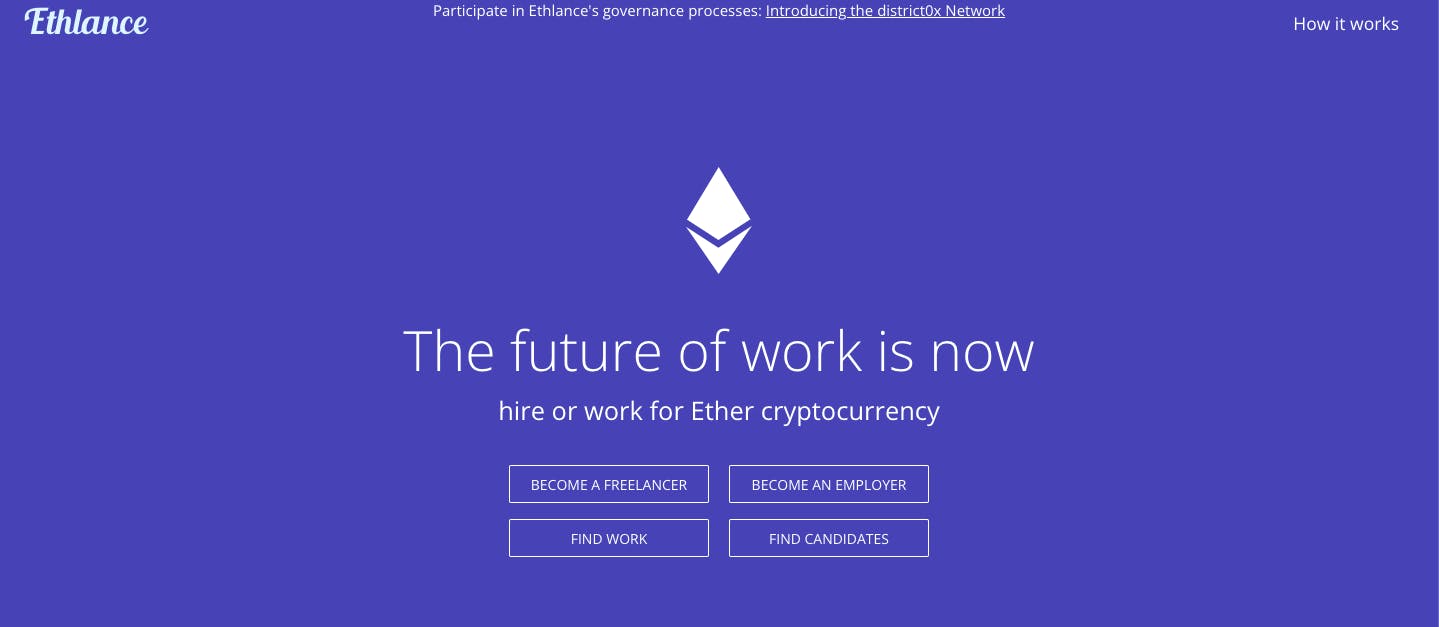
- IDEX: A well-known decentralized exchange for trading ERC-20 tokens. Anyone having an Ethereum wallet can start trading on it because it has a user-friendly interface.
To get the most out of IDEX or any other decentralized Ethereum-based exchange, MetaMask is essential.
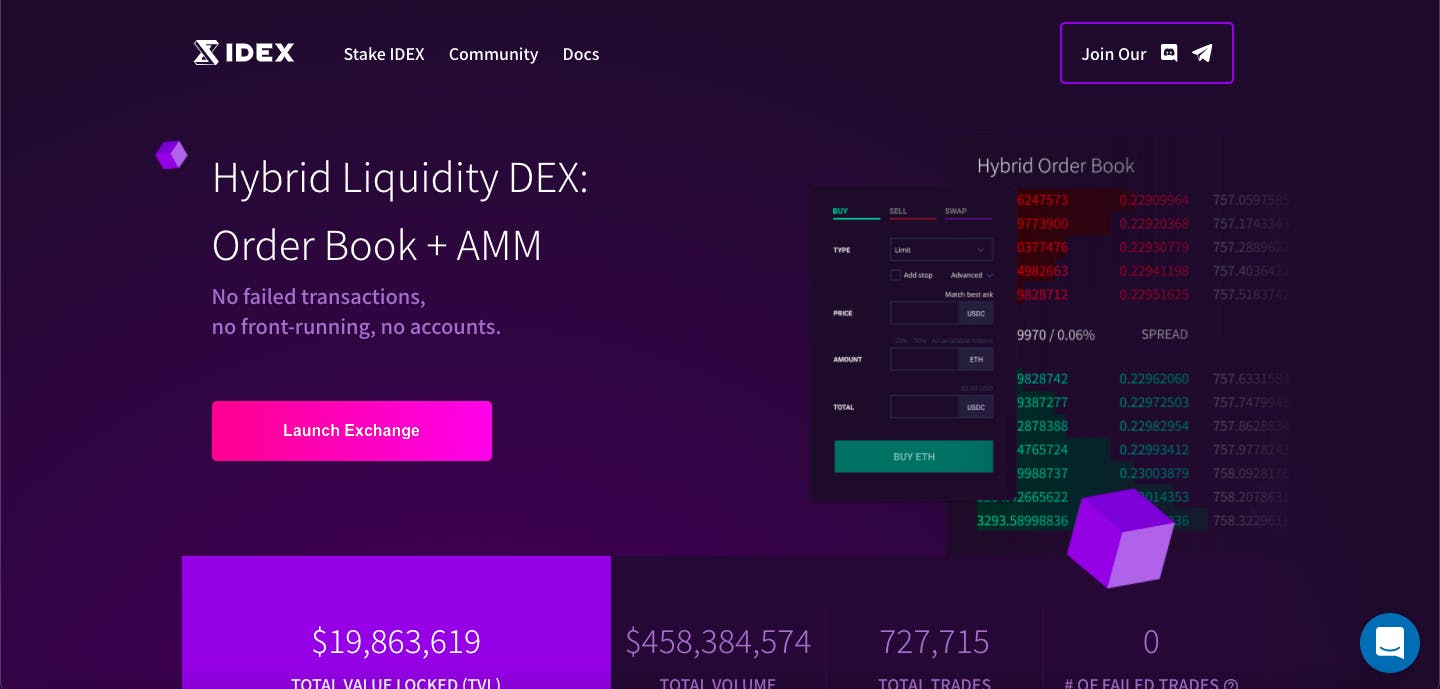
- CryptoTask: CryptoTask is another web 3.0-based project with no fees or censorship for its customers. It also employs a sophisticated algorithm to match freelancers with jobs.
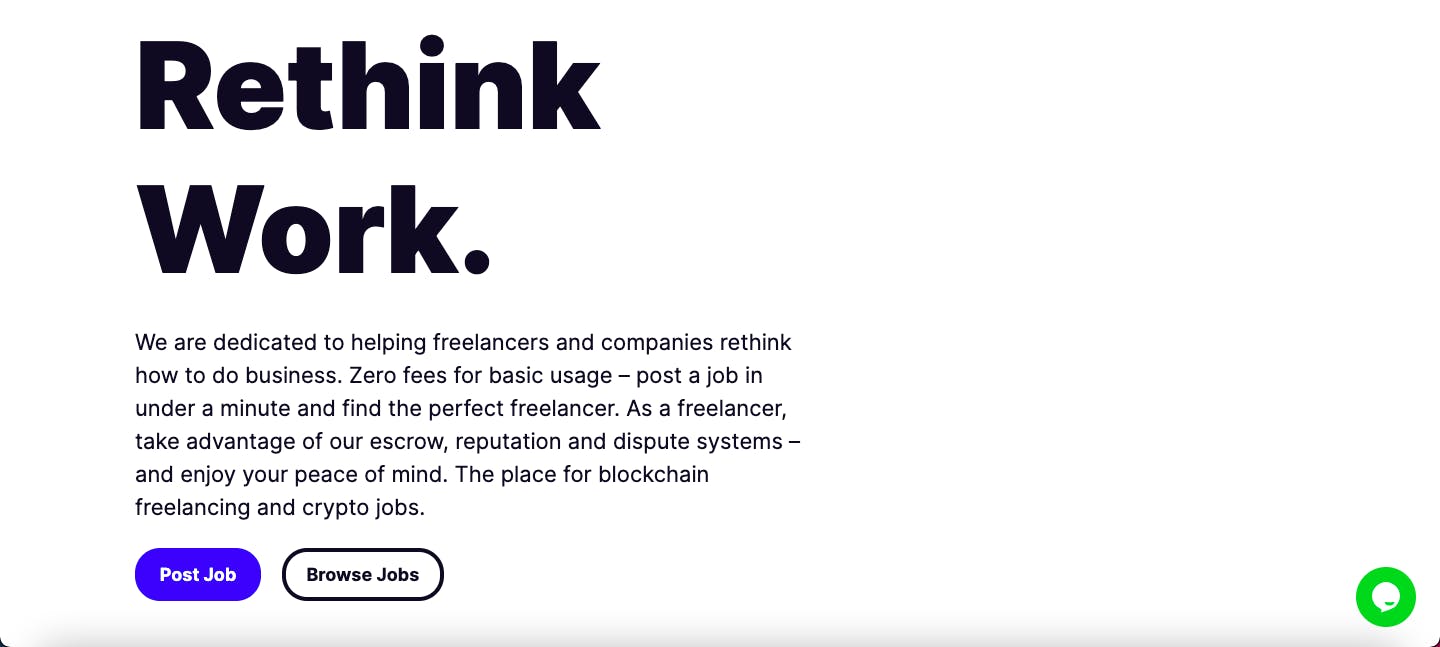
EOSFinex: EOSFinex is a decentralized exchange built on the EOS.IO software platform. Bitfinex, one of the largest centralized exchanges in the world, is actively working on it. In the EOS ecosystem, there are many more dApps.
Brave is a privacy-focused browser in which users are not the product. Ad-blocker is pre-installed on the browser. Users will be able to sell their data for cryptocurrencies as well.

- Sapien: Sapien is a one-of-a-kind web 3.0 application. It's a decentralized social news site powered by the Ethereum blockchain. When it comes to social news, it's an excellent alternative to Google or Facebook. It's also incredibly configurable.
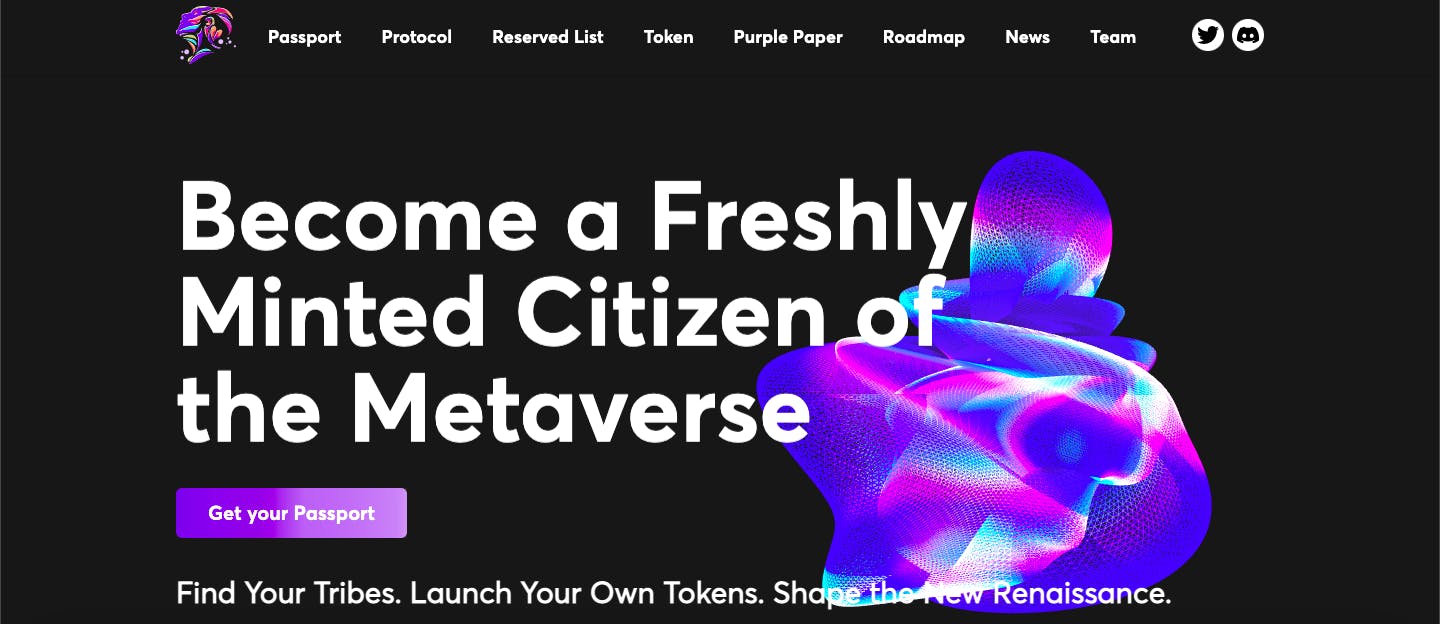
Understanding what we're leaving behind us. The dawn of web 2.0 and 1.0
What is Web 1.0?
Web 1.0 describes the initial iteration of the web, which Berners-Lee refers to as the "read-only web."
It refers to the early stages of the internet's development, characterized by modest static websites. In other words, web 1.0 applications are built mostly on hard-coded HTML pages, and display content that can only be consumed by the users with basically no interaction.
Primitive homepages or directory services, such as Altavista, Yahoo, or Netscape, were common examples, as were essential supporting tools like web development tools like the HTML editors and simple search engines, such as AliWeb.
Features of Web 1.0
Static pages: Pages did not have interactive features that altered based on how visitors interacted with the website. Websites were primarily informational at the time.
File-based website content: Virtually every modern website uses a database to store most of its material, but this was not the case during web 1.0. Rather than using a separate database, most of the website material was saved directly in the files.
Exclusive HTML tags: During the web 1.0 era, browsers tried to differentiate themselves by supporting exclusive tags, which resulted in serious incompatibility issues between websites that used these tags and visitors using non-supported browsers.
Guestbooks: Rather than being tied directly to content pages, website visitor comments were frequently added to a Guestbook page.
What is Web 2.0?
Web 2.0 refers to websites that emphasize user-generated content, usability, and interoperability for end-users worldwide.
Users in web 2.0 could enter a variety of data into web fields and submit it back to the servers in real-time, allowing them to communicate with hosting servers.
Web 2.0 allows users to interact and collaborate in a social media dialogue as creators of user-generated content in a virtual community.
The hypertext transfer protocol, or HTTP, has been the primary mechanism for these communications. The browser delivers a message to the server corresponding to the user's submitted information, establishing the network that drives web 2.0.
Features and Usage of Web 2.0
Web 2.0 applications are more likely to engage with the end-user.
As a result, the end-user is both a user of the application and a participant in social networking, social media, podcasting, and blogging, among other things.
Interactivity: Web 2.0 creates an ideal platform for successful user interaction that was previously unavailable.
Collaboration: Web 2.0 shifted the focus from passive content consumption to active production, sharing, and collaboration participation.
Online Comments and Information: Review and online comments flow between the site owner and site users.
APIs: An API is a set of programming codes that allows data to be transferred between software products. In web 2.0, APIs are developed to enable self-usage, such as a software application.
Conclusion
In this blog article, we explored the evolution of web 3.0, what it's used for, applications, and project examples.
To discover more about blockchain, NFTs, NFT artists, crypto, and other web3 topics, make sure to check out the Hashnode web3 blog!

